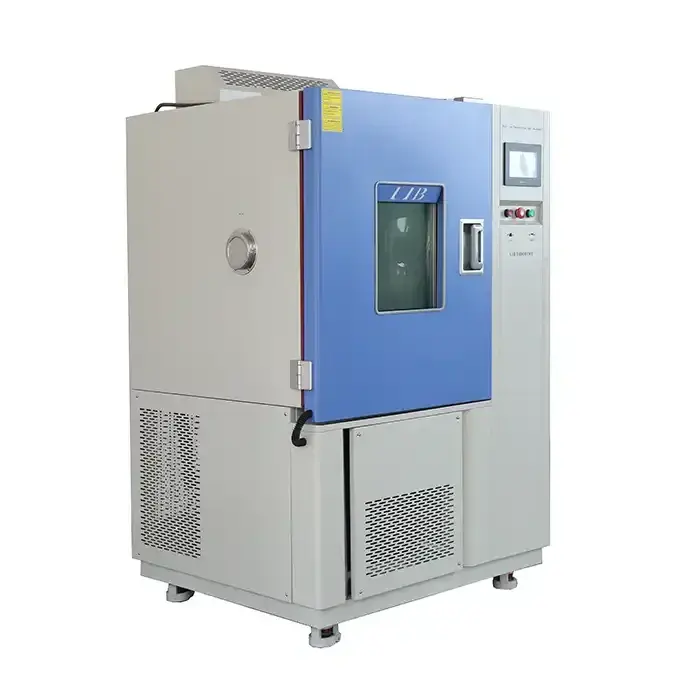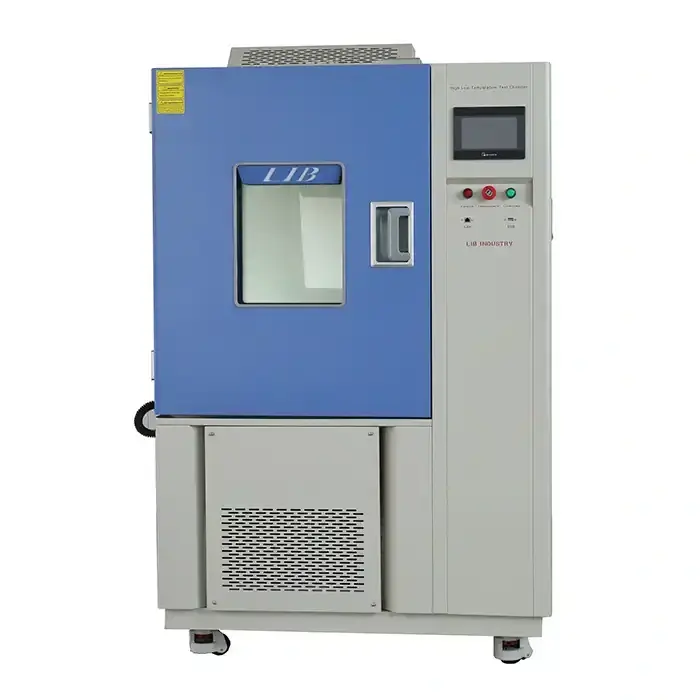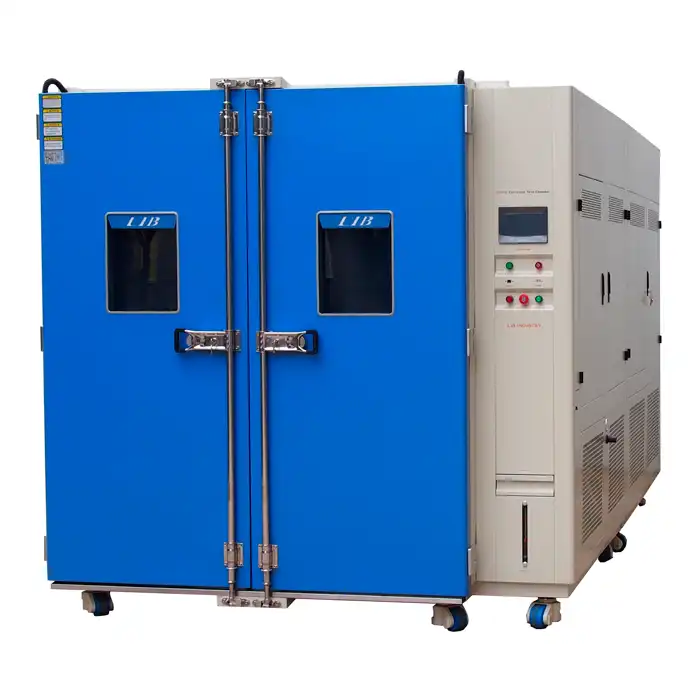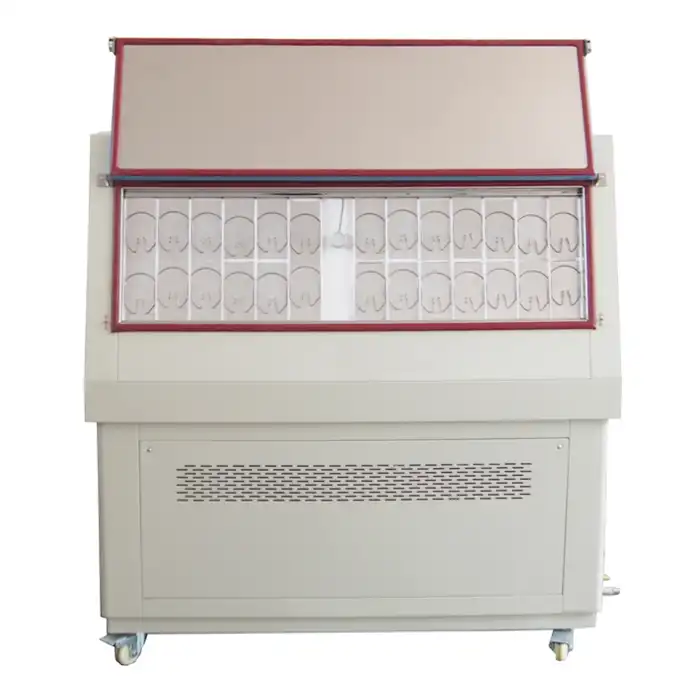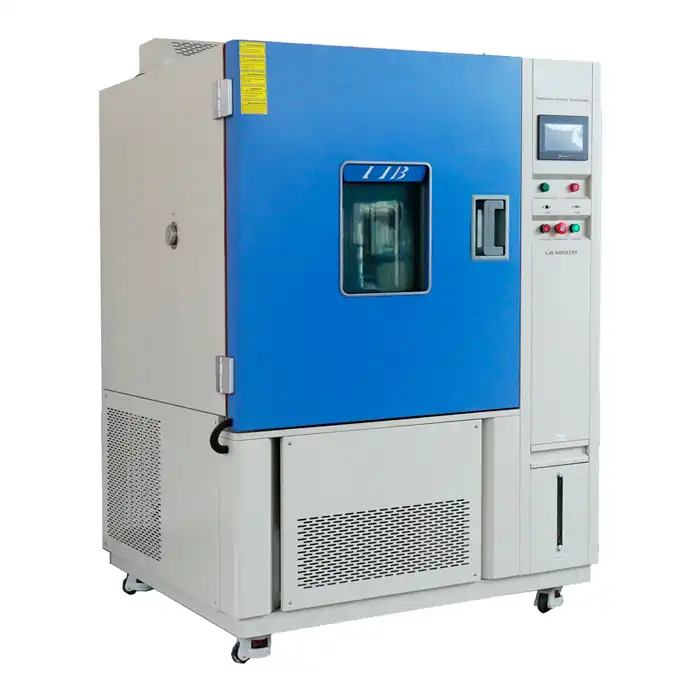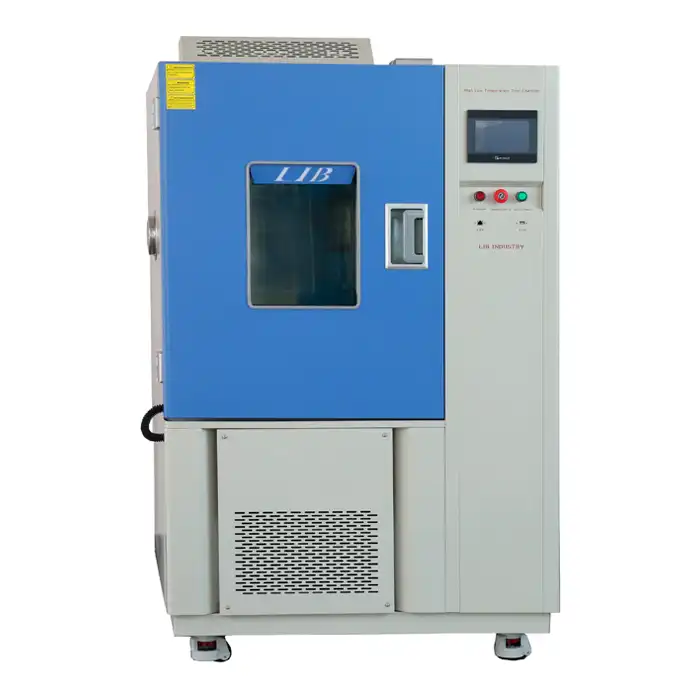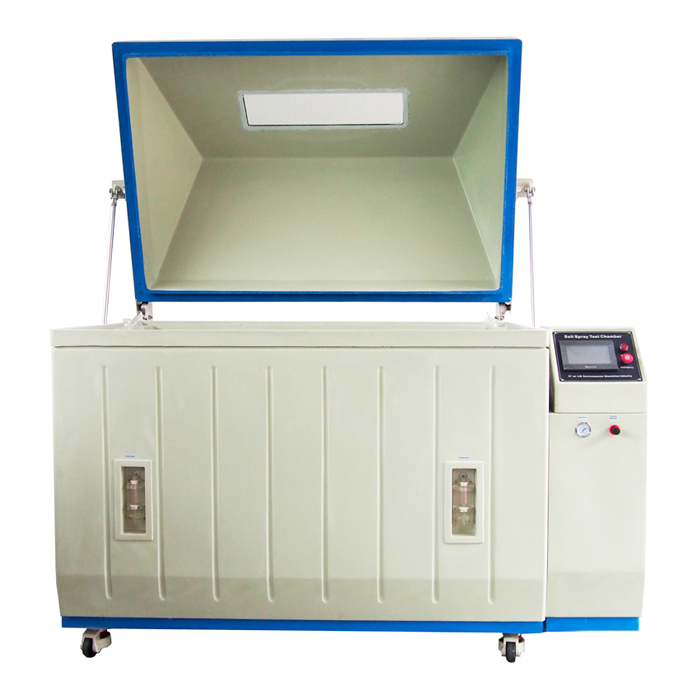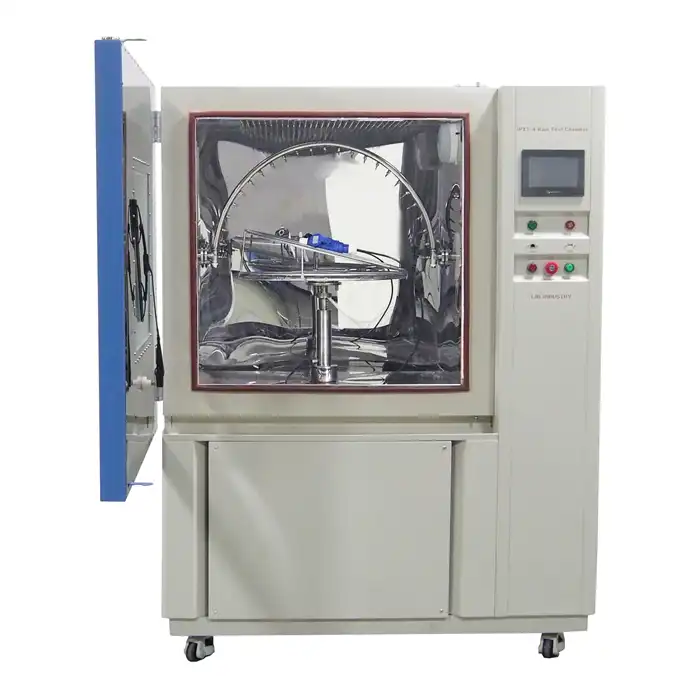How accurate are benchtop thermal chambers?
Benchtop thermal chambers are indispensable tools in various industries, from electronics to pharmaceuticals. These compact yet powerful devices play a crucial role in product testing, research, and quality assurance. But just how accurate are these miniature environmental simulators? Let's delve into the world of benchtop thermal chambers and explore their precision, applications, and factors that influence their accuracy.
♦Understanding Benchtop Thermal Chamber Accuracy
Defining Accuracy in Thermal Testing
Accuracy in benchtop thermal chambers refers to the precision with which the device maintains and reproduces the desired temperature conditions. It is typically evaluated by comparing the actual temperature within the chamber to the set temperature, with any deviations expressed in degrees Celsius or Fahrenheit. A high degree of accuracy ensures reliable and consistent thermal testing, which is critical for producing repeatable and trustworthy results in various applications, such as research, product development, and quality control.
Factors Influencing Accuracy
The accuracy of a benchtop thermal chamber is influenced by several factors. Key aspects include the quality and calibration of the temperature sensors, the performance of the heating and cooling systems, and the chamber's insulation effectiveness. Additionally, external environmental conditions, such as ambient temperature and humidity, can impact the chamber’s ability to maintain precise temperature control, making these factors critical to consider for achieving optimal accuracy in testing.
Industry Standards and Specifications
High-quality benchtop thermal chambers are designed to meet stringent industry standards, ensuring reliable performance. Manufacturers typically offer detailed specifications that cover important parameters such as temperature range, uniformity, and stability. These specifications help users gauge the chamber’s performance, ensuring it meets the specific requirements of their applications while understanding any potential limitations.
| Temperature Range A : -20℃ ~ +150 ℃ B : -40℃ ~ +150 ℃ C: -70℃ ~ +150 ℃ Temperature Fluctuation: ± 0.5 ℃ Temperature Deviation: ± 2.0 ℃ Humidity Range: 20% ~ 98% RH Humidity Deviation: ± 2.5% RH Cooling Rate: 1 ℃ / min Heating Rate: 3 ℃ / min |
♦Measuring and Maintaining Accuracy in Benchtop Thermal Chambers
Calibration Techniques
To ensure ongoing accuracy in benchtop thermal chambers, regular calibration is crucial. This process typically involves comparing the chamber’s temperature readings to those of a highly accurate reference thermometer. More advanced calibration methods might utilize multiple reference points throughout the temperature range, ensuring precise performance across different conditions. Routine calibration helps maintain reliability and adherence to performance standards in various testing environments.
Monitoring and Control Systems
Contemporary benchtop thermal chambers feature advanced monitoring and control systems designed to optimize performance. One common technology used is PID (Proportional-Integral-Derivative) controllers, which continuously adjust the heating and cooling elements to maintain the specified temperature with precision. Additionally, many units are equipped with real-time data logging and remote monitoring capabilities, allowing users to track performance and make necessary adjustments, thereby enhancing both accuracy and reliability during testing processes.
Maintenance Practices
Maintaining benchtop thermal chambers is essential for ensuring their accuracy and longevity. Regular maintenance practices include thorough cleaning, inspecting seals and gaskets for any signs of wear, and promptly replacing any worn or damaged components. Adhering to the manufacturer’s recommended maintenance schedules not only helps in preserving the equipment's performance but also enhances its reliability, ultimately leading to more consistent and trustworthy results in various thermal testing applications.
♦Applications and Importance of Accuracy in Benchtop Thermal Chambers
Research and Development
In research and development environments, benchtop thermal chambers play a crucial role in testing materials and components under a range of temperature conditions. Accuracy is vital in these settings, as even minor temperature deviations can lead to misleading results or unsuccessful experiments. Researchers depend on these chambers to replicate real-world scenarios, allowing them to thoroughly evaluate the performance of materials and enhance product development. This capability enables scientists and engineers to innovate and explore new frontiers in material science, ultimately contributing to advancements in various industries.
Quality Control and Reliability Testing
For manufacturers, benchtop thermal chambers are essential in the quality control process, enabling the rigorous testing of products under extreme temperature conditions. These chambers help ensure that products meet stringent performance standards and comply with regulatory requirements. The accuracy of the thermal chambers significantly influences product quality and reliability; even minor inaccuracies can lead to flawed assessments and potentially compromise product integrity. Consequently, maintaining high precision in these chambers is crucial, as it directly correlates with the manufacturer’s reputation and customer satisfaction in a competitive market.
Environmental Stress Screening
Environmental Stress Screening (ESS) is an essential procedure in various industries, especially in electronics, where product reliability is paramount. Benchtop thermal chambers are employed to simulate rapid temperature fluctuations, effectively exposing potential defects or weaknesses in products before they reach the market. The precision of these simulations is vital, as it directly impacts the effectiveness of the screening process. Accurate temperature control allows manufacturers to identify vulnerabilities early, thereby reducing the risk of field failures and ensuring that only reliable products are delivered to customers.
♦Conclusion
Benchtop thermal chambers have revolutionized environmental testing, bringing laboratory-grade precision to compact, desktop units. Their accuracy, typically ranging from ±0.5°C to ±2°C depending on the model and conditions, is remarkable considering their size and versatility. This level of precision allows for reliable testing across a wide range of industries and applications. However, it's important to note that accuracy can vary based on factors such as chamber load, temperature range, and ambient conditions. Users should always refer to manufacturer specifications and conduct regular calibrations to ensure optimal performance.
♦Contact Us
Are you looking for a reliable benchtop thermal chamber for your testing needs? LIB Industry specializes in providing turn-key solutions for environmental testing, including state-of-the-art benchtop thermal chambers. Our team of experts can help you find the perfect solution tailored to your specific requirements. Contact us today at info@libtestchamber.com to learn more about our products and services.
References
1. Johnson, A. (2021). Precision in Environmental Testing: A Comprehensive Guide to Thermal Chambers. Journal of Quality Assurance, 45(3), 112-128.
2. Smith, B., & Lee, C. (2020). Advancements in Benchtop Thermal Chamber Technology. International Conference on Environmental Testing, 78-92.
3. Taylor, M. R. (2019). Calibration Techniques for Thermal Test Equipment. Metrology and Measurement Systems, 26(2), 209-224.
4. Wong, H. K., et al. (2022). The Impact of Thermal Chamber Accuracy on Product Reliability. IEEE Transactions on Reliability, 71(1), 318-330.
5. Environmental Testing Handbook (2018). American Society for Testing and Materials (ASTM).
6. Petrova, N., & Anderson, R. (2020). Best Practices in Environmental Stress Screening. Quality and Reliability Engineering International, 36(4), 1425-1440.




